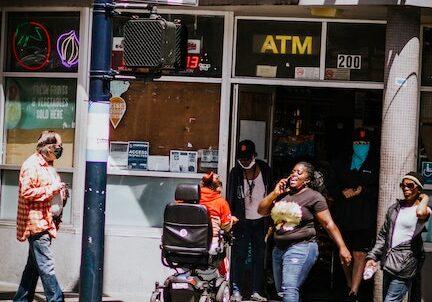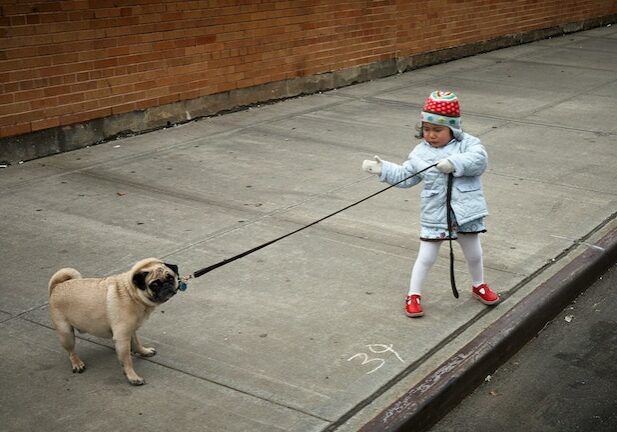Braid Mission
Blog
Taking The Risk

This week I have been thinking a lot about research, reward, and risk.
On Monday, Chris and I had lunch with our good friend Tom, who is a professor of electrical engineering at the University of Notre Dame. (On the side, he is an amazing musician who used to be the music director at our church in San Diego.)
As Tom was telling us about his work, I learned a lot about scientific research that I never would have known, both of my degrees being in religion…
Tom’s position at Notre Dame is on a tenure track, so in the next couple years he needs to publish several papers in scientific journals. He explained that journals never publish articles about “failed” experiments – they only want to write about research that documents some sort of breakthrough.
However, scientific research is inherently risky. The biggest breakthroughs often come from the riskiest experiments, and they also involve as much luck as anything else. So if scientists like Tom need to do research that will be eligible for a lot of journal articles, they naturally need to do lower-risk research, which is more guaranteed to give positive results.
Unfortunately, these aren’t the types of experiments that lead to world-changing discoveries. Tom said it’s the tenured professors who, without the pressure to publish, can do more high-risk research.
Our program works with youth that our society actually terms “at risk.”
What they are “at risk” for is falling into the abysmal statistics you have heard from us before: at least 50% of foster youth will end up homeless at some point, at least 40% will be incarcerated, upwards of 30% of girls will be trafficked, only 50% will graduate from high school, only 3% will attend college.
If you look at these statistics, these are not the youth you would choose to work with if you wanted guaranteed positive results.
These are the youth who carry the trauma of foster care and family histories of addiction, abuse, and poverty.
These are the youth who have almost everything stacked against their success.
These are the youth who are often not matched in other mentoring programs, as we have heard often from our partners at Edgewood Center.
And yet, these are the youth who need caring adults the most.
We know that there are other organizations where our mentors could be volunteering. They could be tutoring, watching a young person’s math grades steadily improve throughout the school year. They could be mentoring more stable youth who haven’t experienced trauma and the havoc it wreaks in their lives and their behavior.
We know that we have never been able to guarantee that our work together at Braid will have obvious positive results, as much as we wish we could.
We know that because of this, the smallest breakthroughs can feel major: when a youth tries a new food for the first time, when they give their mentors a special smile, when they finally confide in them about something significant.
We celebrate these breakthroughs, but we know that they don’t happen every week. And we know how much each of our mentors puts your heart on the line to serve these young people who won’t always show immediate evidence of their mentors’ impact and whose lives may not reflect that until months or years later.
Even though our mentors have the support of their team, their facilitator, and Chris and myself, we know that we are all walking a tight rope together in this mission (which is, in and of itself, a giant experiment).



